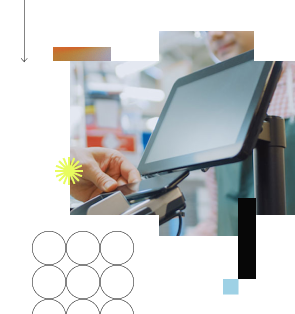Discovery and data architecture
Know your systems.
Understand the data you have and how to better collect, transform, organize and visualize it.
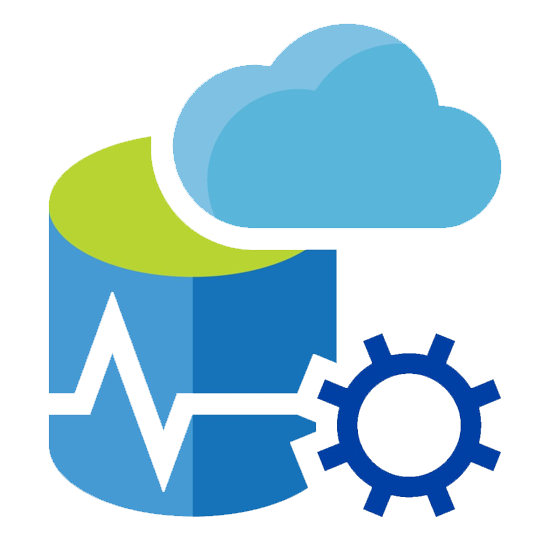
Microsoft Azure Data Studio

Visio
Technology selection and implementation
Make the right choices.
The right tools and platforms will improve your ability to derive actionable insights and drive organizational outcomes from your data.

Platform installation and configuration

Platform selection exercises

Requirements analyses

Tech stack assessments
Data transformation, ETL, pipeline automation
Save time and money.
Gain real-time actionable business intelligence by synthesizing disparate data sources and automating labor-intensive processes.

Databricks

Hadoop
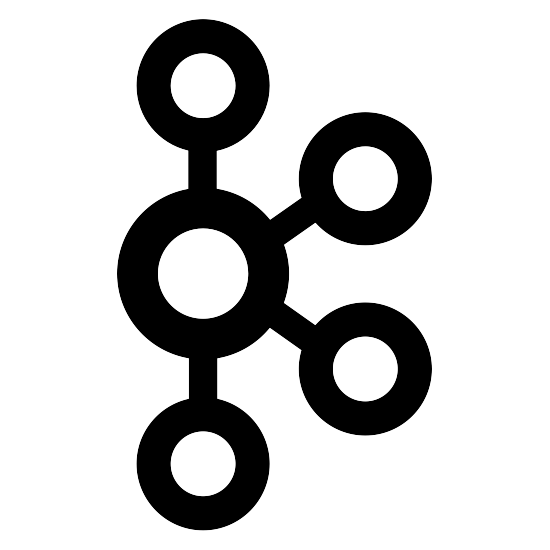
Kafka
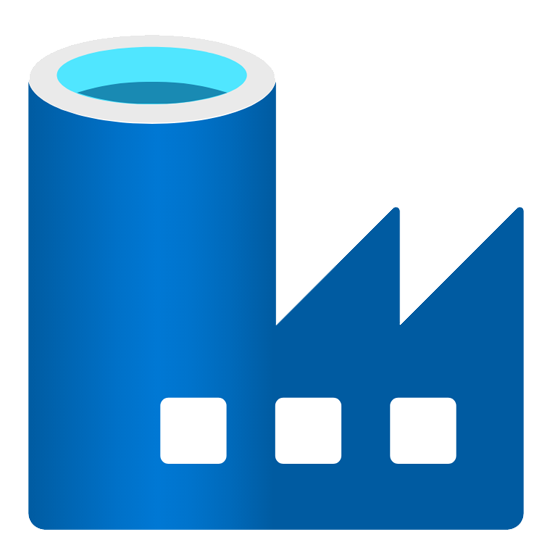
Microsoft Azure Data Factory
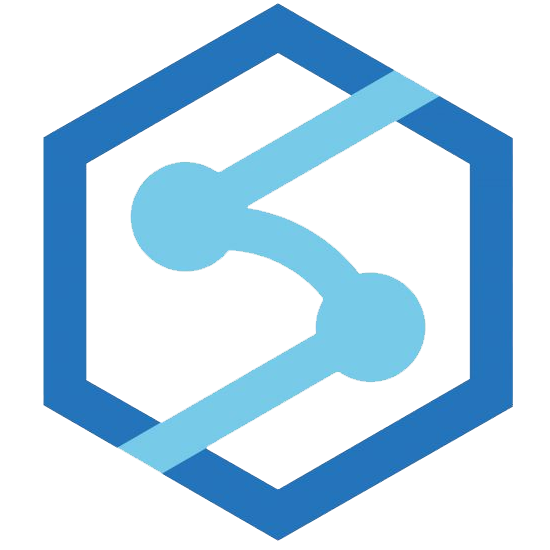
Microsoft Azure Synapse

MongoDB

MySQL

PostgreSQL

Scala

SSIS
Analytics
Leverage the right metrics.
Understand past performance to better predict trends and capitalize on emerging opportunities.

Databricks

Kafka

Microsoft Azure Synapse
Microsoft Power BI

Oracle
Data visualization
Understand the story.
Leverage at-a-glance insights to better understand your data and drill down to act on what’s most important.
Microsoft Power BI
IoT (internet of things)
Connect the dots.
Collect, review and parse data in real-time to optimize user expertise and take informed actions.

Kafka

Microsoft Azure IoT
Data services FAQs
Getting your data from source into a format and location where you can derive actionable insights is the process of extract, transform and load (ETL). Designing ETL processes is a core component of business intelligence modernization.
ETL can be applied to data from many sources, including: telemetry from automated systems or IoT devices, user preferences or demographics, transactional data from line of business systems, purchased or imported data from other systems or a combination of all of these.
ETL is the first step to gaining business intelligence from your data. The next step in your data strategy should be to understand what questions to ask in order to derive meaning and insight from the data.
The next step in your business intelligence process is to analyze your data. Do you have sufficient data in the correct format to answer your questions? You may need to collect more and/or cross reference your data against other sets.
Client Success stories
We help organizations achieve more
Here are just some of the examples of how we’ve helped clients attain business intelligence and analytics success.
- Nonprofit
- Public sector




